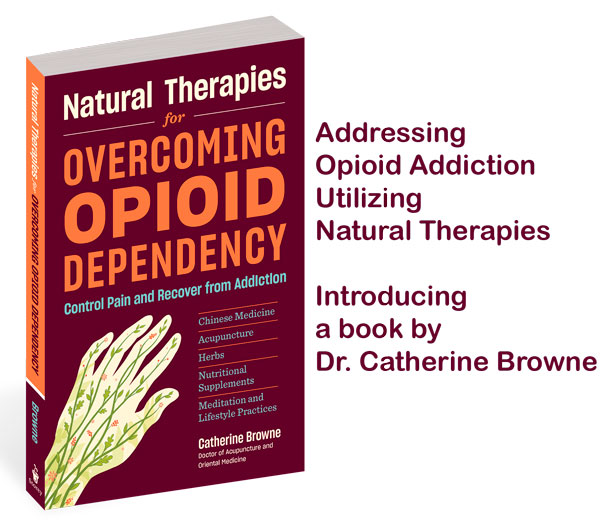|
Chronic pain is pain that lasts more than several months (variously defined as 3 to 6 months, but longer than “normal healing”). It’s a very common problem. Results from the 2012 National Health Interview Survey show that:
More about the prevalence of chronic pain can be read at the following websites:
Chronic Pain Statistics: Facts, Figures and Research Traditional medicine often prescribes opioid medications to treat short-term and chronic pain issues. However, in recent years, there has been an epidemic misuse of and addiction to opioid medications. The Recovery Village website reports, “The most commonly abused prescription drug is the opioid pain reliever.” The American Academy of Family Physicians website explains that opioids are used to relieve pain by lowering the number of pain signals the body sends to the brain. They also change how the brain responds to pain by creating artificial endorphins. However, if misused, they can become addictive, as the euphoric effects causes one to want to keep using the drug. To complicate matters further, Dr. Catherine Browne, author of Natural Therapies for Overcoming Opioid Dependency , notes that there is mounting evidence that pharmaceutical companies misinformed medical doctors saying that opioid pain medications were not addictive. States have begun suing those companies for providing false information. Read more here . Dr. Browne writes on her website, “My patients are also often shocked to find that the opioid pain medications had masked their pain symptoms and that the pain returned after stopping opioids. This is because opioids do not heal the body. … However, acupuncture and herbs do contribute to true healing of the body by addressing the root causes of pain. Additionally, they are incredibly effective at alleviating the symptoms of withdrawal.”
Watch and listen to a TED talk
by Travis Rieder ,
The agony of opioid withdrawal — and what doctors should tell patients about it
.
Natural Therapies for Overcoming Opioid Dependency
focuses on Traditional Chinese Medicine primarily because of Dr. Browne’s background and training, though she also utilizes herbal medicine and mindfulness meditation with her patients.
Included in the natural therapies outlined in the book is the use of flower essences. Dr. Browne, over the course of her practice, has identified five flower essences, Agrimony, Cherry Plum, Chestnut Bud, Walnut and Wild Rose, which combined together, she calls a “flower essence blend for opioid recovery.” She recommends that the formula be sprayed on the body, particularly on acupoints which she lists and identifies in the book. She specifically defines the indications for each of the flower essences and points referenced.
Read an essay written by Dr. Browne regarding the use of flower essences for opioid addiction recovery .
Part 1: Natural Therapies to Combat Addiction
Opioid Dependency: A Breakdown
Part 2: Protocols for Treatment
Basic Protocols: Treating Addiction by Correcting Elemental Imbalances
About Dr. Catherine Browne, DAOM, L.Ac., Dipl.Ac., RH (AHG)
Additional resources American Addiction Centers Resources |

To install this Web App in your iPhone/iPad press ![]() and then Add to Home Screen.
and then Add to Home Screen.

 Dr. Catherine Browne is the author of
Natural Therapies for Overcoming Opioid Dependency. She has more than 30 years’ experience using natural therapies for treating pain and addiction. She holds a doctorate in acupuncture and Oriental medicine and is a board-certified acupuncturist and registered professional herbalist. She is the founder of In Harmony Wellness Clinic, where she specializes in serving U.S. veterans, and lives in Hamptonville, North Carolina.
Dr. Catherine Browne is the author of
Natural Therapies for Overcoming Opioid Dependency. She has more than 30 years’ experience using natural therapies for treating pain and addiction. She holds a doctorate in acupuncture and Oriental medicine and is a board-certified acupuncturist and registered professional herbalist. She is the founder of In Harmony Wellness Clinic, where she specializes in serving U.S. veterans, and lives in Hamptonville, North Carolina.